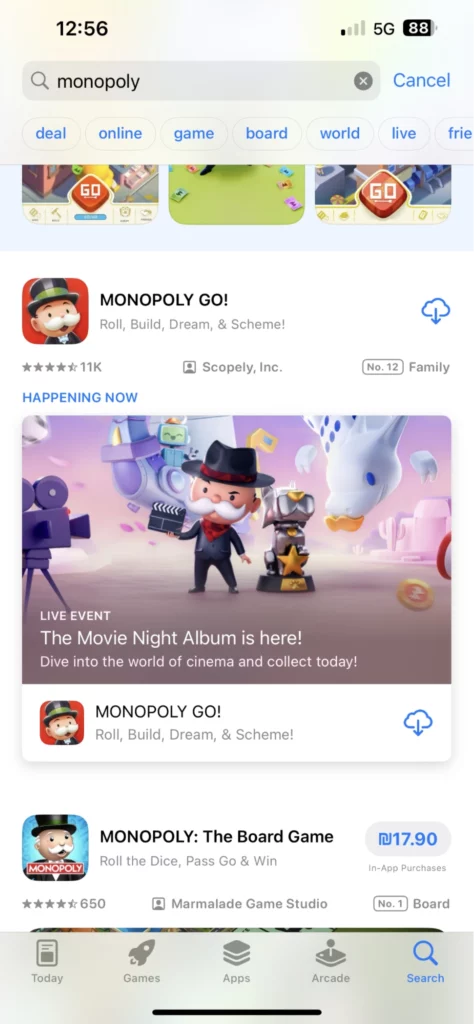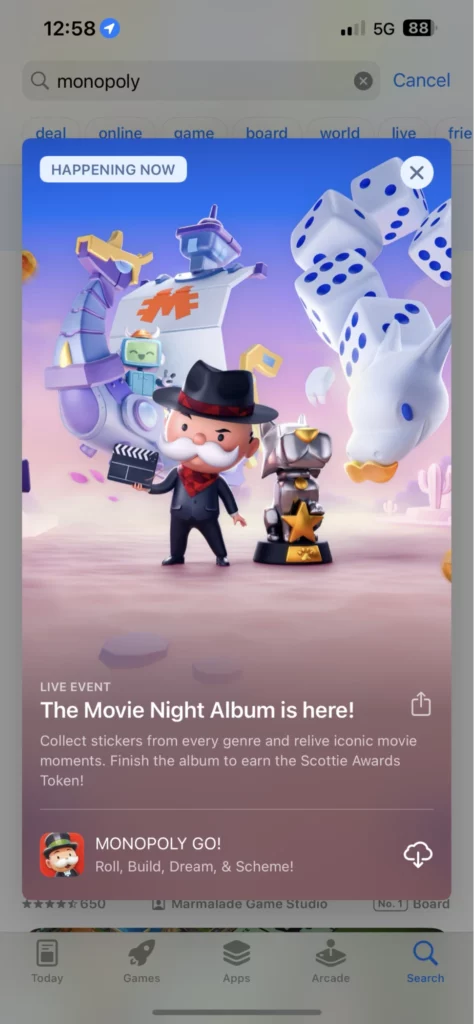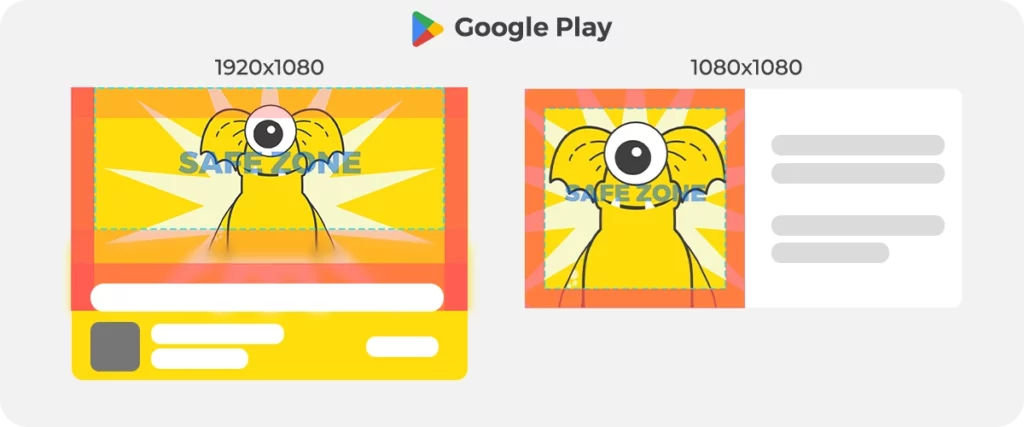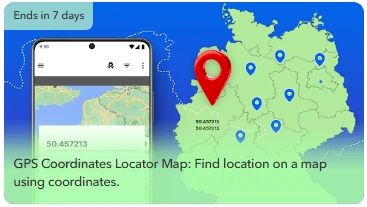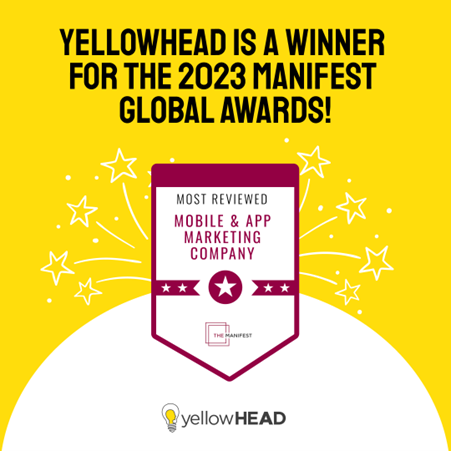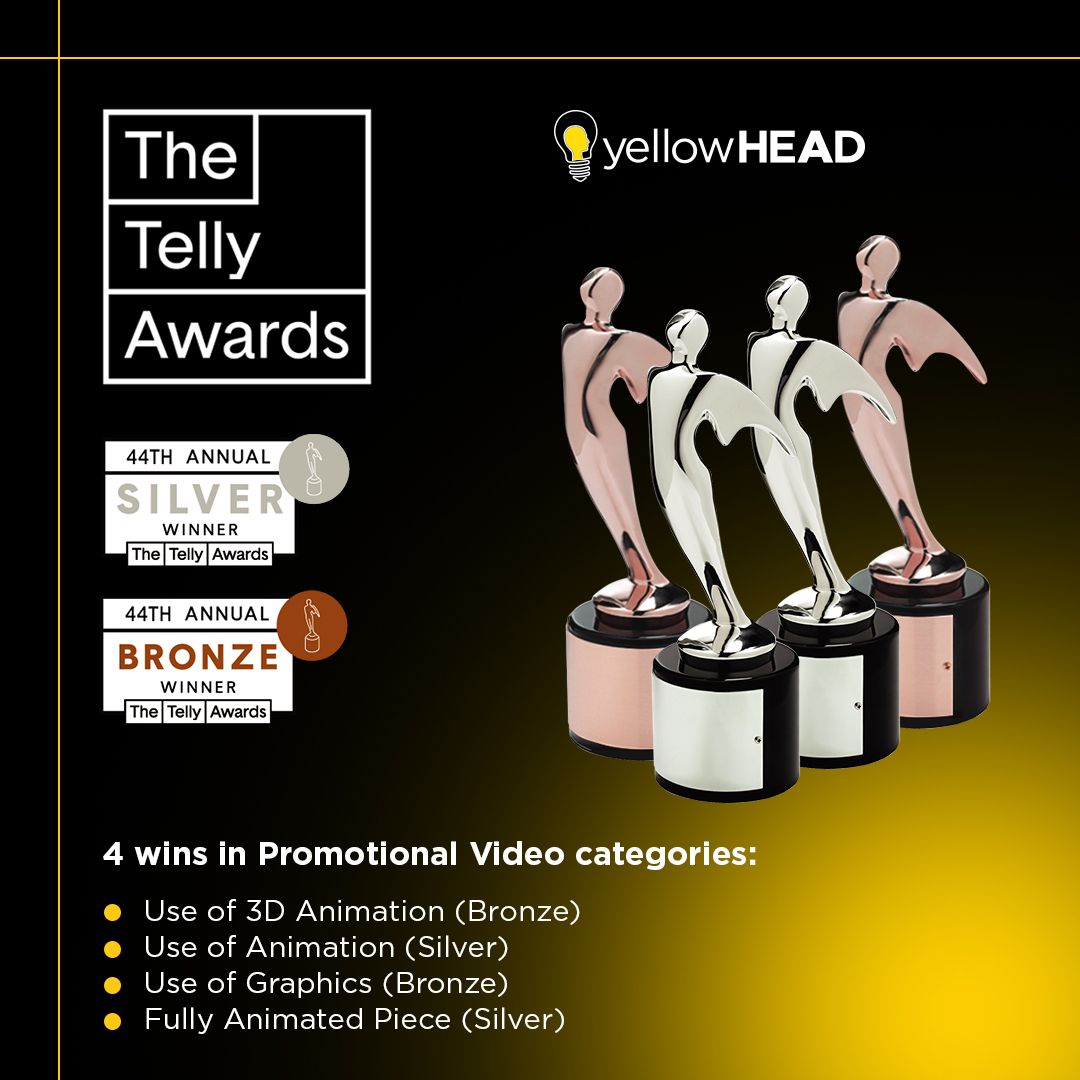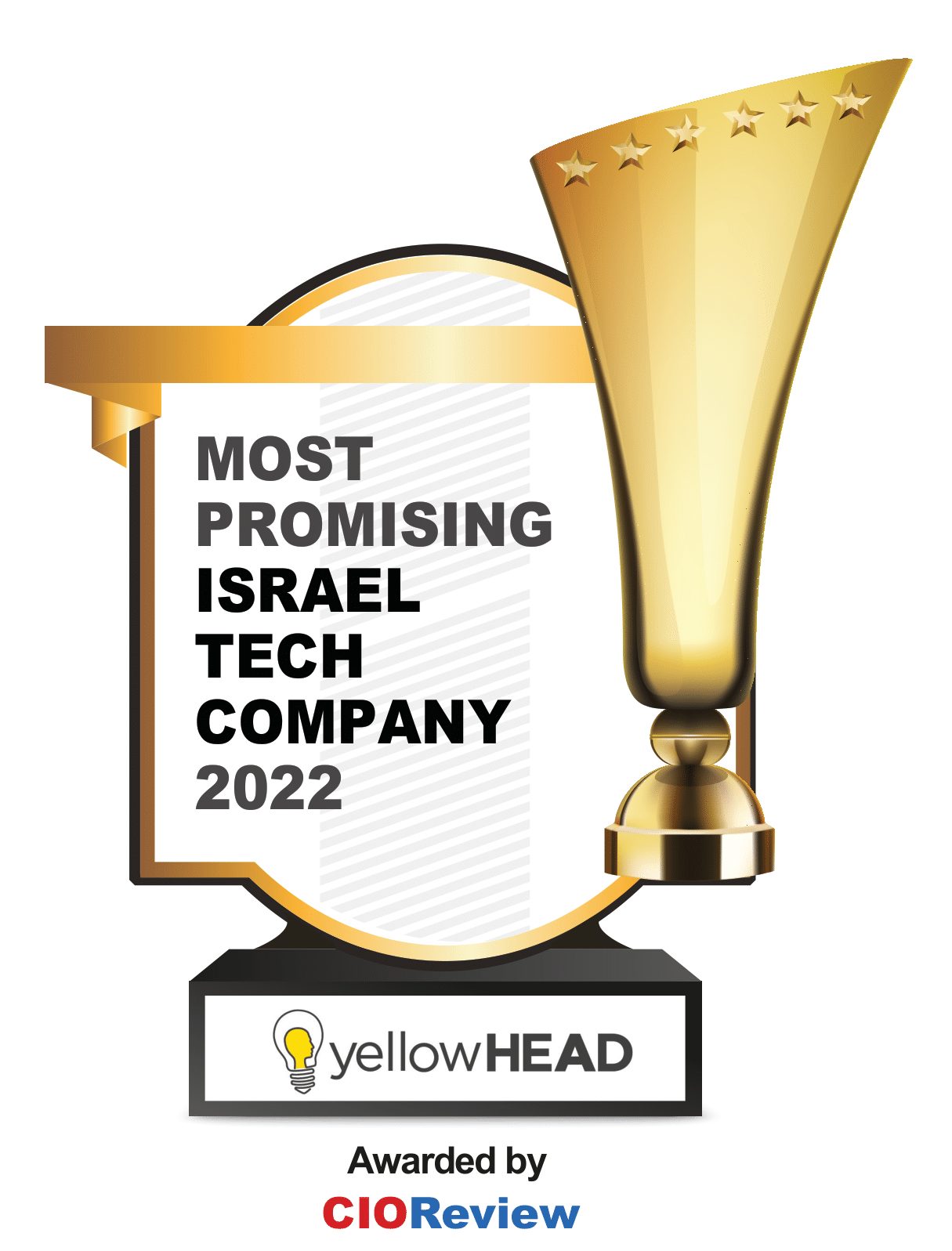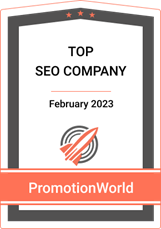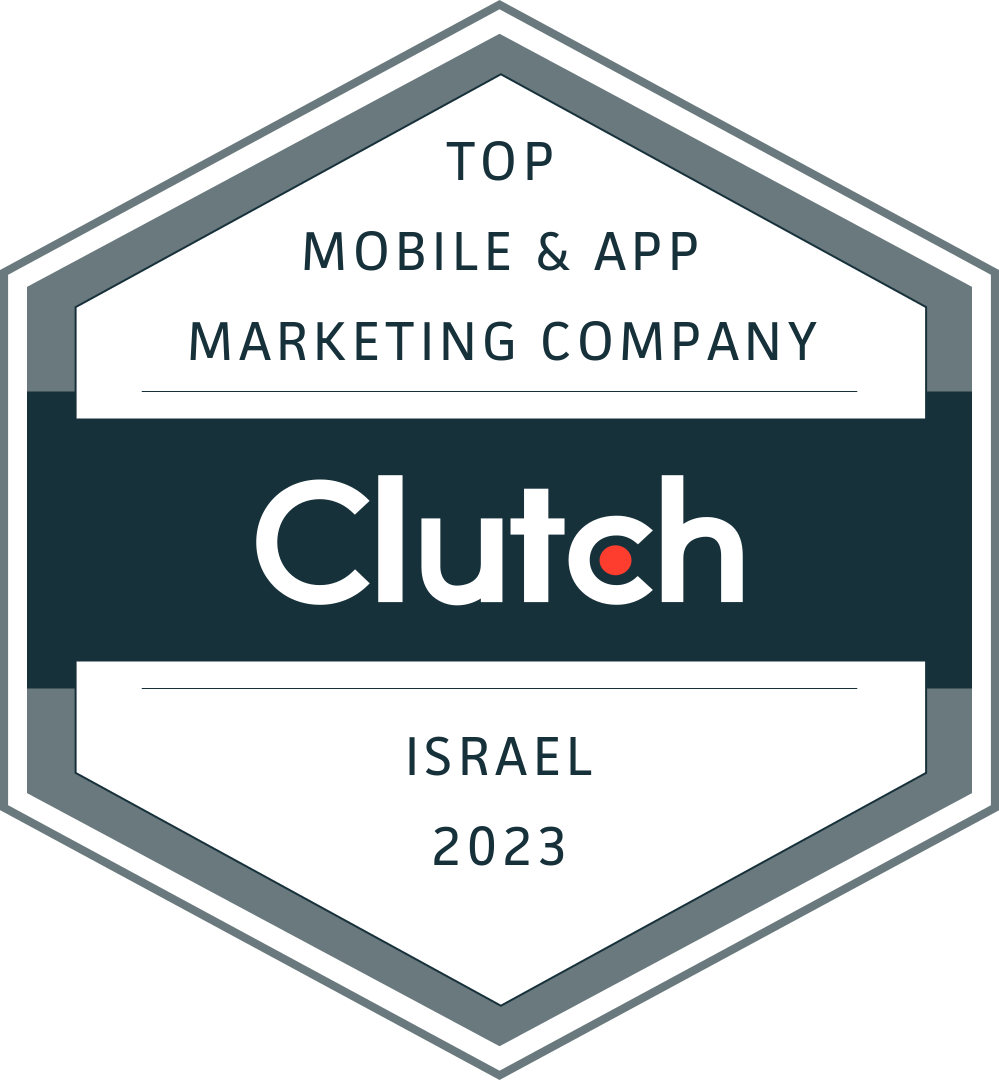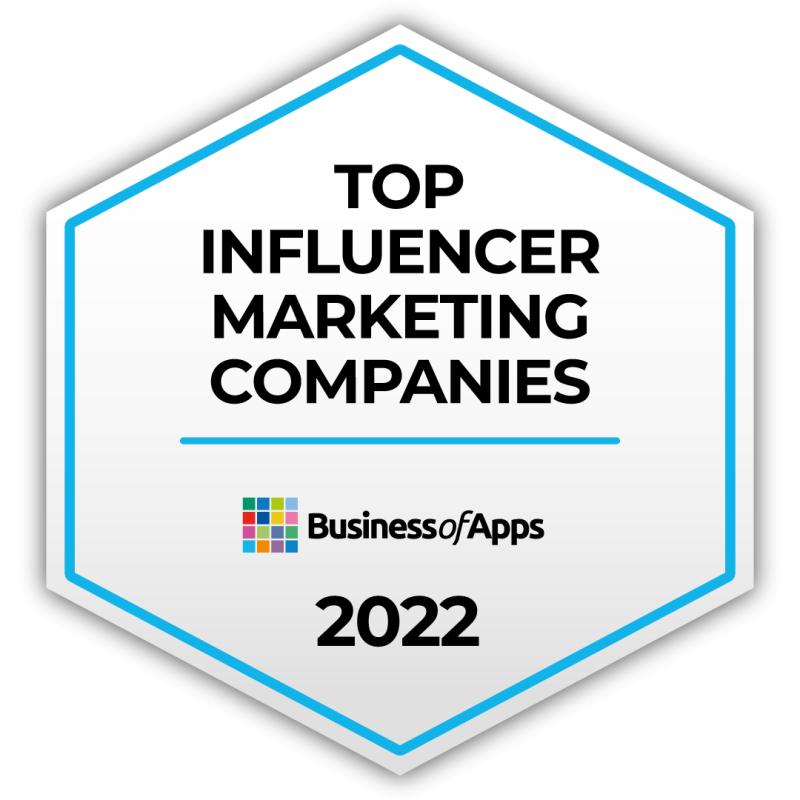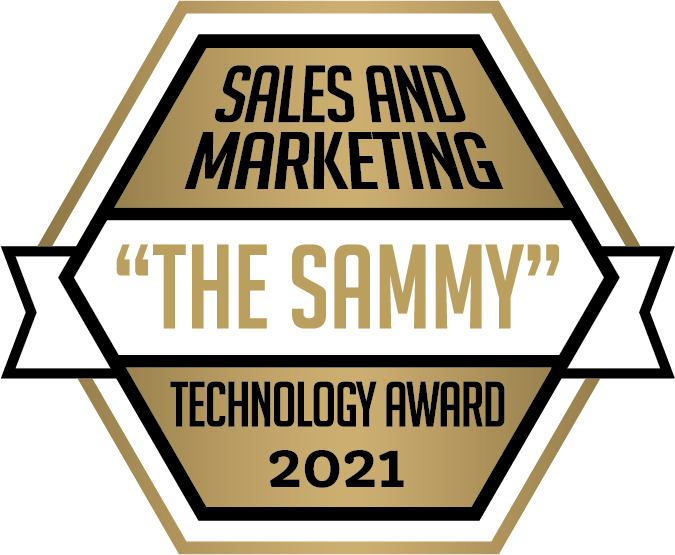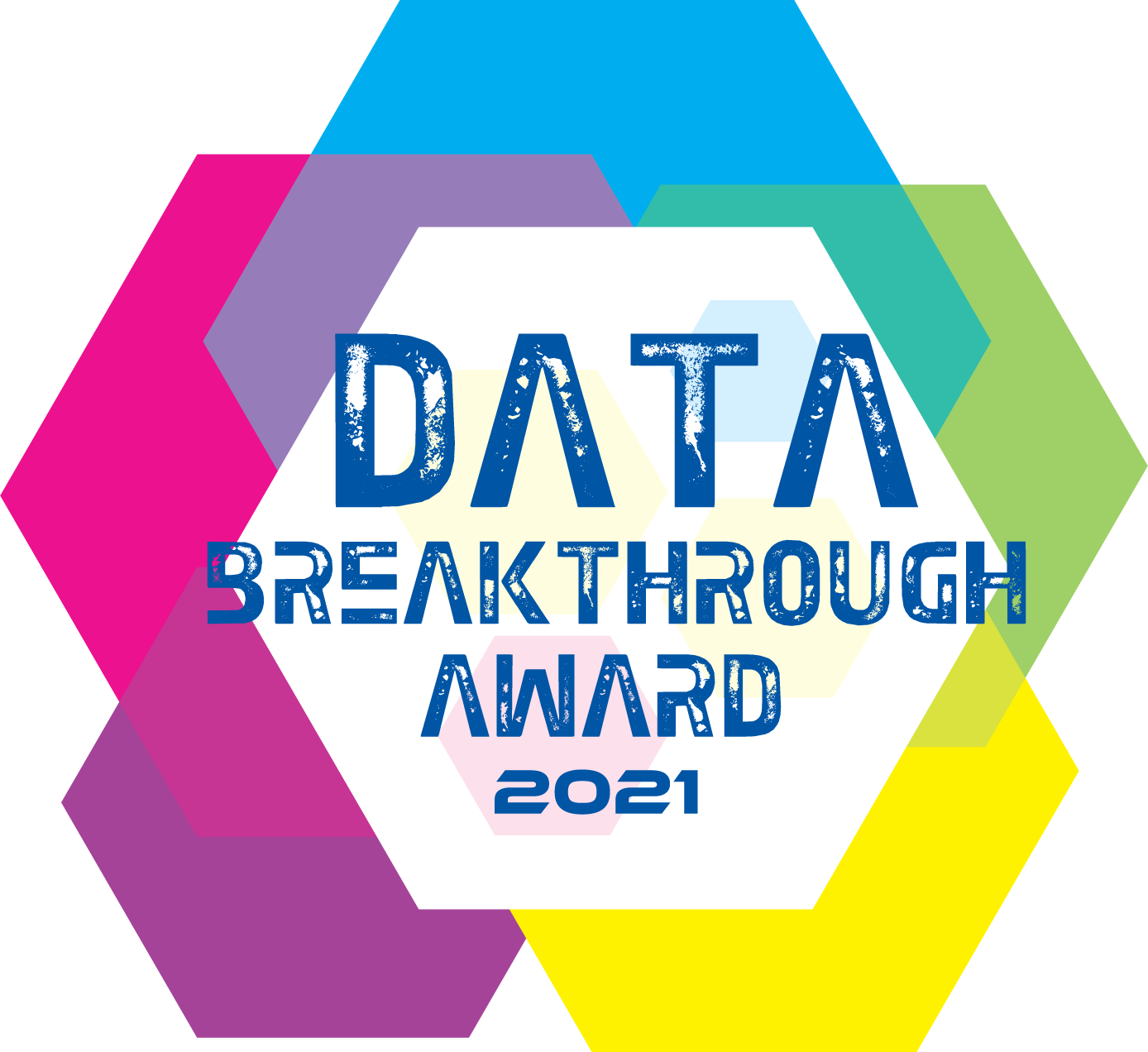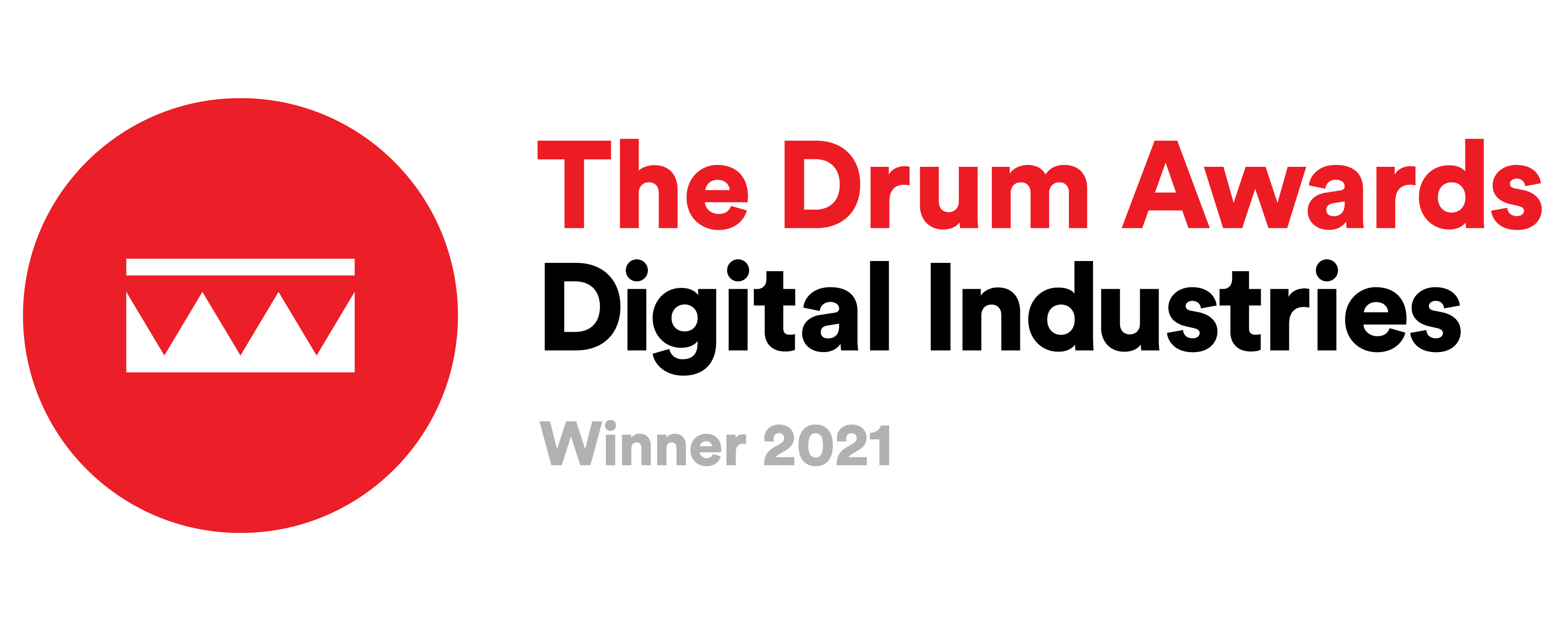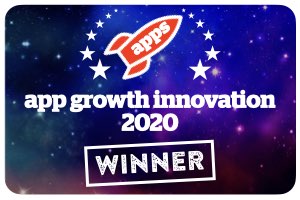Optimizing iOS In-App Events and Android Promotional Content: Safe Zone Guidelines & Best Practices

One key challenge in creating compelling In-app events and promotional content is ensuring that critical visual elements remain visible across different placements. While Apple and Google provide guidelines on “safe zones” for event cards, real-world implementation often differs, requiring additional optimization. Through extensive design testing, we’ve identified the most effective safe zones for event creatives, ensuring they appear correctly in live environments.
This blog will cover these findings and other essential guidelines for maximizing visibility and engagement in the stores.
What Are App Events, and Why Are They Important for Your App’s Growth?
In-app events and promotional content are time-limited promotions, challenges, new content drops, or special activities that happen within an app or game. Both Apple and Google have integrated app event features into their stores, allowing developers to highlight these events directly in their app’s listing.
Why Are In-App Events Crucial for ASO?
In-app events play a vital role in app store optimization (ASO) by enhancing visibility and engagement. Apple’s App Store and Google Play feature in-app events in search results, curated collections, and recommendations, making them more discoverable to potential users.
They also drive engagement by encouraging existing users to return to the app, boosting retention and active user rates.
Additionally, in-app events provide a compelling reason for first-time users to download an app, particularly when linked to exclusive rewards or limited-time experiences. A well-designed event banner or video can further enhance conversion rates by increasing click-through rates and app installs.
By optimizing in-app event creatives and ensuring they align with platform best practices, developers can maximize their event’s reach and effectiveness in driving app growth. To learn more about the benefits and impact on ASO and app visibility, read the full In-app events guide.
Understanding “Safe Zones” for Event Creatives
When designing promotional creatives for iOS In-App Events and Google Play events, understanding safe zones is crucial. These zones ensure that key visual elements are not cut off or obscured by UI overlays, buttons, or platform branding.
Google Play Safe Zone Guidelines:
- Primary Image (1920×1080 px)
Google Play’s guidelines suggest a 15% border safe zone.
Our testing shows that 40% of the bottom area is often obscured by UI elements.
An additional 6% margin on the sides and 5% at the top should be maintained.
- Square Image (1080×1080 px)
Google does not require a safe zone for square images, but placing important elements centrally ensures visibility.
iOS In-App Event Safe Zone Guidelines:
- Portrait Image (1080×1920 px)
Apple’s guideline suggests a minimal safe zone, but our findings indicate:
- 40% of the bottom may be cut off due to UI overlays.
- 8% on the top can also be hidden.
- Landscape Image (1920×1080 px)
- The top 5% and bottom 40% are at risk of cropping.
- A 6% margin on the sides prevents unexpected truncation.
Key Takeaway: When designing for iOS and Google Play, place critical visuals and text within the central safe zone, avoiding edges that may be obscured.
Event Safe Zone Examples to Avoid
Following best practices is crucial for effectively visualizing the event and conveying the right message to users. The following examples highlight just how important it is.
The Blinkist Android app has released a major update event featuring interactive live expert sessions. However, the event card is cut off, making it look less professional, which could impact results and CVR.
The GPS Coordinates Locator Map app recently published an event showcasing how users can find locations on a map using coordinates. However, the coordinates displayed on the event card are either cut off or blurred, missing the purpose of the event since the coordinates should be the main focus.
Additional Guidelines for Creating Effective Event Content
- Event Images: Best Practices
- No Text in Images: Apple and Google discourage text in images unless it is part of a logo (IP collaboration) or product design. Google specifically mentions you should not include text in images, including your brand logo, slogans, or event name.
- Consistent Design: Avoid reusing the same assets across multiple submissions to maintain freshness.
- Localization: Ensure that event visuals and messages resonate with regional audiences.
- Event Videos: Key Considerations
YouTube Upload Requirements (Android):
- Monetization must be disabled.
- Upload to an official brand channel, not a personal one.
- Privacy settings should be public or unlisted.
Video Formatting:
- Should be in landscape** orientation**.
- UI visuals, text, and audio must be localized for different markets.
- Avoid border frames, Google Play badges, or design elements that resemble product UI.
- Muted by Default: Ensure clear context without relying on audio.
iOS and Android Events Metadata Guidelines
Optimizing event metadata is crucial for visibility and engagement. Apple and Google have different requirements for event metadata, and understanding these differences can significantly impact ASO performance.
iOS Event Metadata Guidelines
Apple’s App Store allows developers to create in-app events with specific metadata fields that impact discoverability and engagement:
Event Name: Up to 30 characters, should be the actual event name (e.g., “June Leaderboard Climb”). Avoid generic phrases or calls to action. Indexed for keywords.
Short Description: Up to 50 characters, written in sentence case, providing a brief summary of the event. Indexed for keywords.
Long Description: Up to 120 characters, giving more details about the event and its key USPs. Not indexed for keywords.
Source: In-app events, iOS documentation
Best Practice: Include relevant but generic keywords in the event name and short description to maximize search rankings
Android Event Metadata Guidelines
Google Play’s event metadata follows a different structure with more flexibility:
Tagline: Maximum 80 characters, focused on event details and value. Should be clear, concise, and unique. Avoid promotional/marketing language.
Description: 100-500 characters explaining the event details, how users can participate, and what they can expect. Should not be too short or repetitive.
General Recommendations: Maintain consistency across tagline, description, and visual media. Avoid excessive capitalization, repetitive text, and emojis. Events requesting featuring must be submitted at least 14 days before the event start date.
Source: Create promotional content, Google Play documentation
Best Practice: Ensure that event descriptions clearly communicate the event’s purpose and user benefits while maintaining compliance with Google Play’s guidelines.
Final Thoughts: Optimizing for Real-World Display
Creating high-performing in-app event creatives requires a deep understanding of both platform guidelines and real-world implementation nuances. Apple and Google’s safe zone recommendations provide a starting point, but our testing shows that additional margins are necessary to ensure critical elements remain visible across devices and placements.
Beyond safe zones, optimizing event metadata is crucial for discoverability. On iOS, focusing on keyword-rich event names and short descriptions can improve search rankings, while on Google Play, a well-structured tagline and description enhance engagement. Consistency across visuals and text ensures a seamless user experience and increases the likelihood of an event being featured.
Need help with your ASO activity? Contact the experts today.




